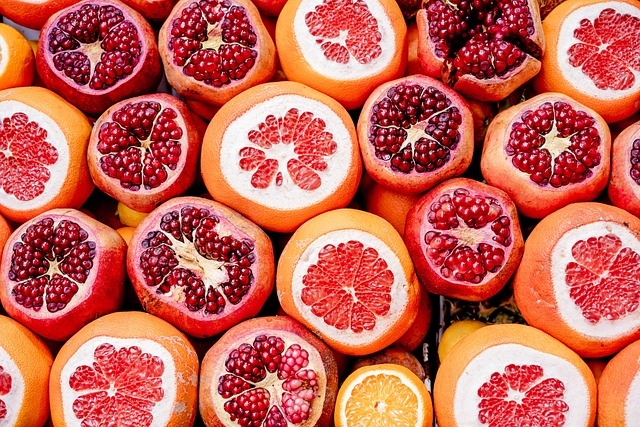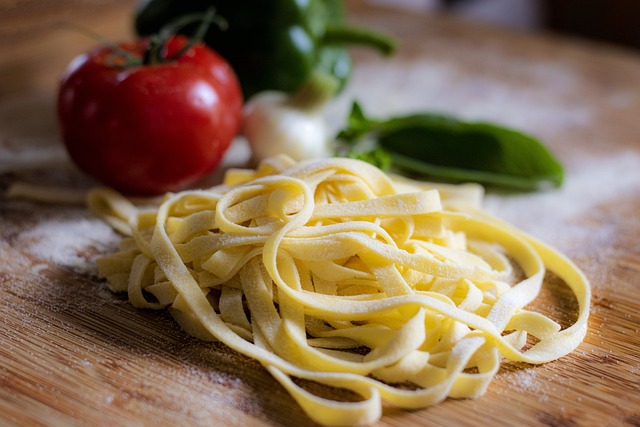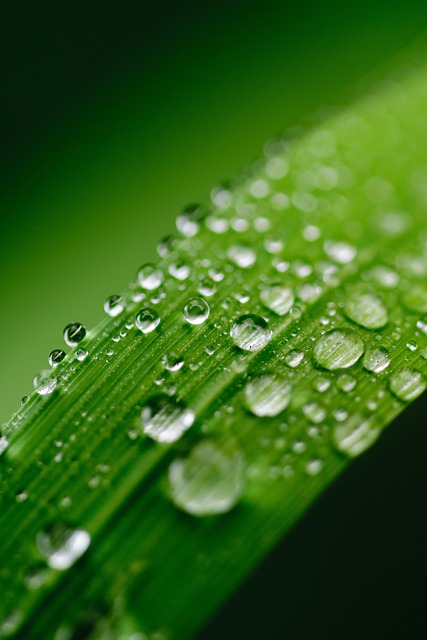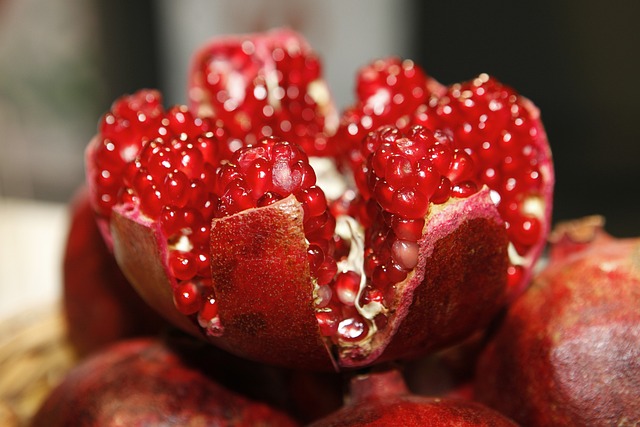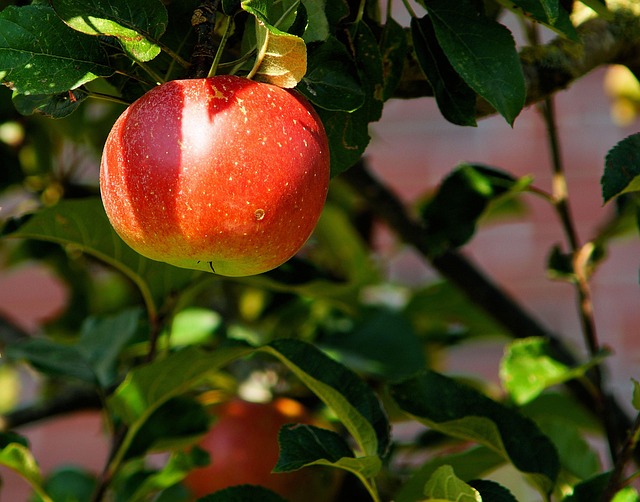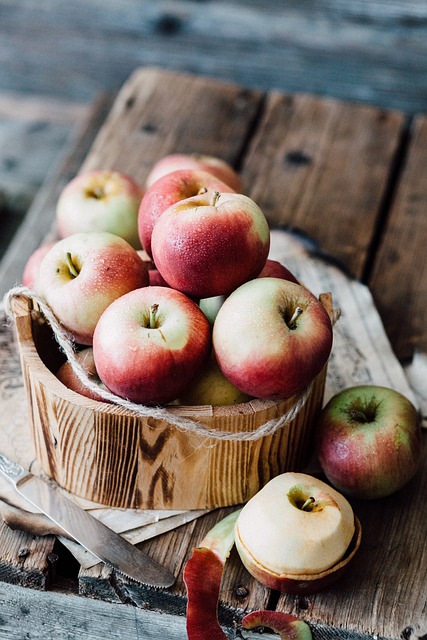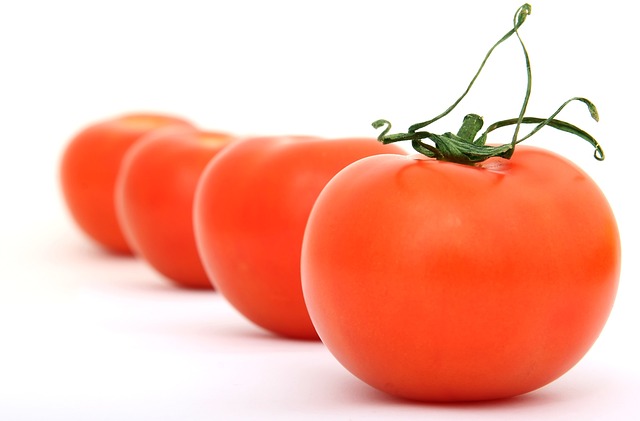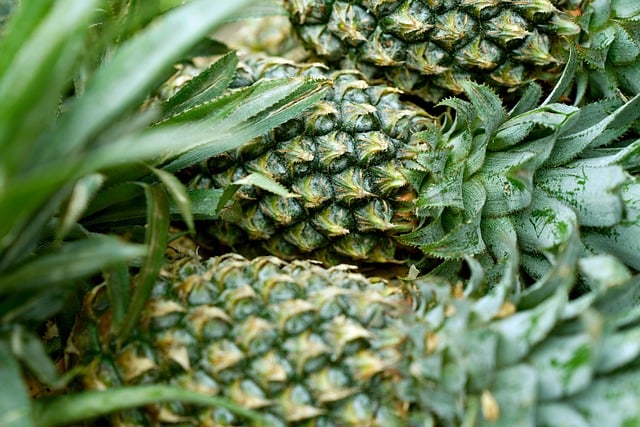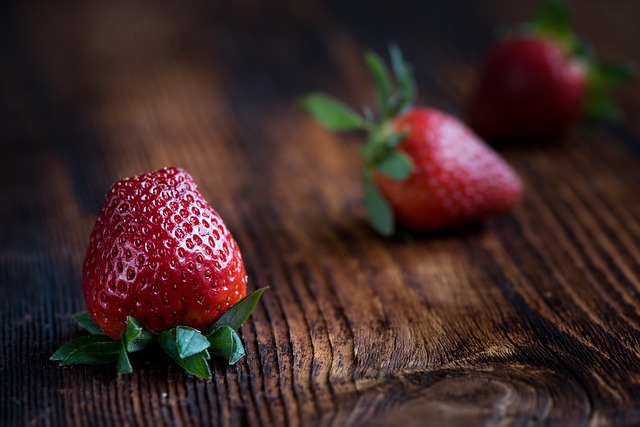fresh perfumes
Fresh Perfumes: A Comprehensive Exploration
Introduction
In the captivating world of fragrances, a distinct and increasingly popular niche has emerged: fresh perfumes. These scents are designed to evoke a sense of vitality, cleanliness, and rejuvenation, transporting wearers to a realm of crisp air, vibrant flora, and refreshing aquatic notes. Fresh perfumes have swiftly gained recognition for their ability to offer an olfactory escape from the mundane, becoming a sought-after choice for those seeking unique and invigorating fragrances. This article delves into the multifaceted world of fresh perfumes, exploring its definition, global impact, economic implications, technological innovations, regulatory frameworks, challenges, and the lessons learned from real-world applications. By the end, readers will have a comprehensive understanding of this dynamic industry and its potential for future growth.
Understanding Fresh Perfumes: A Definition and Its Core Components
Definition: Fresh perfumes, often characterized as aquatic or citrusy fragrances, are designed to mimic the sensation of clean air and natural elements. They typically feature a blend of notes that create a sense of freshness, invigorating the senses and providing a calming effect.
Core Components: These scents are built around specific ingredients and notes:
-
Citrus Notes: Lemons, oranges, grapefruits, and bergamot are commonly used for their bright, zesty aroma that instantly conveys a fresh sensation.
-
Aquatic Accents: Ingredients like marine accords, sea salt, and water flowers (e.g., water lily, lotus) simulate the freshness of ocean breezes, creating a cool and invigorating effect.
-
Herbal and Green Notes: Mint, basil, rosemary, and green notes provide an earthy, refreshing undertone, adding depth to the scent without overpowering it.
-
Floral Accents (Occasionally): Some fresh perfumes incorporate delicate floral notes like jasmine or rose to enhance the fragrance’s allure without veering away from its primary focus on freshness.
Historical Context: The concept of fresh perfumes dates back centuries, with ancient civilizations using natural elements for their aromatic properties. However, it was in the 20th century that perfumers began to experiment with creating synthetic notes to capture the essence of clean air and specific scents more precisely. This evolution led to the birth of modern fresh perfume compositions.
Global Impact and Trends
Fresh perfumes have transcended geographical boundaries, captivating audiences worldwide with their universal appeal. Several key trends shape its global landscape:
-
Regional Preferences: Different regions embrace unique aspects of fresh fragrances. For instance, Mediterranean countries often favor citrusy notes, while Scandinavia leans towards aquatic and herbal accents. Japan, known for its love of natural scents, incorporates ingredients like Japanese yuzu and akai (red berry).
-
Market Growth: The global perfume market, led by fresh fragrances, has experienced significant expansion, driven by rising disposable incomes and changing consumer preferences for unique, personal scents. According to a report by Grand View Research, the global perfumery market size was valued at USD 163.4 billion in 2020 and is expected to grow at a compound annual growth rate (CAGR) of 7.2% from 2021 to 2028.
-
Sustainability Focus: There is a growing trend towards sustainable perfumery, with fresh perfumes incorporating organic and ethically sourced ingredients. Brands are emphasizing transparency in their sourcing practices, appealing to environmentally conscious consumers.
-
Incorporation of New Technologies: Perfume houses are leveraging advanced technologies like molecular distillation and natural extraction methods to create more precise and concentrated fresh scents while ensuring the preservation of delicate aromas.
Economic Considerations
The economic landscape surrounding fresh perfumes is complex, with various factors influencing its market dynamics.
Market Dynamics: The market for fresh perfumes is highly competitive, with established luxury brands and emerging niche houses vying for consumer attention. High-end, designer fragrances often command premium prices, while more affordable options cater to a broader audience. Online retailers have played a significant role in democratizing access to fresh perfumes, enabling customers worldwide to explore diverse scent profiles.
Investment Patterns: Major perfume companies invest heavily in research and development (R&D) to create innovative fresh scents, ensuring their product lines remain relevant and appealing. Niche perfumers, often working with smaller budgets, focus on crafting unique fragrances that resonate with specific demographics.
Role in Economic Systems: The perfume industry contributes significantly to global economies, supporting employment in manufacturing, retail, and distribution sectors. Fresh perfumes, in particular, have become a substantial export for many countries, generating foreign exchange earnings and fostering economic growth.
Technological Advancements
Technological innovations have revolutionized the fresh perfume industry, enhancing scent creation and consumer experiences.
-
Advanced Extraction Techniques: Modern perfumery employs sophisticated extraction methods like solvent extraction, steam distillation, and cold pressing to isolate specific aromatic compounds from natural ingredients. These techniques ensure a higher concentration of desired notes, resulting in more intense and long-lasting scents.
-
Molecular Distillation: This cutting-edge technology allows for precise control over the distillation process, enabling perfumers to capture delicate molecular structures responsible for certain scent characteristics. It results in purer and more concentrated extracts, elevating the quality of fresh perfumes.
-
Digital Scent Creation: With advancements in digital tools, perfumers can now create and simulate scents virtually before translating them into physical fragrances. This process streamlines development, reduces costs, and allows for a broader exploration of scent profiles.
-
Wearer-Specific Fragrance Customization: Emerging technologies enable personalized perfume creation based on an individual’s scent preferences and body chemistry. Customers can design their own fresh perfumes, ensuring a unique and tailored olfactory experience.
Policy and Regulation
The perfumery industry operates within a framework of regulations designed to ensure product safety, quality, and consumer protection. These policies significantly impact the production and marketing of fresh perfumes.
-
Ingredient Regulations: Authorities like the European Union’s Cosmetic Products Regulation (EC) No 1223/2009 govern the use of ingredients in perfumes, setting safety standards and requiring detailed ingredient listings. Similar regulations exist in other regions, ensuring that manufacturers use safe and ethically sourced materials.
-
Labeling Requirements: Transparent labeling is mandatory to inform consumers about the product’s composition, including any potential allergens or synthetic ingredients. This practice empowers customers to make informed choices based on their preferences and sensitivities.
-
Counterfeiting and Intellectual Property: Strict laws protect intellectual property rights, preventing counterfeits from diluting the brand value of fresh perfume houses. These measures ensure consumers receive authentic products and maintain the integrity of the industry.
Challenges and Criticisms
Despite its success, the fresh perfume industry faces several challenges that require strategic solutions.
-
Stereotypical Perception: Fresh perfumes are sometimes stereotyped as being overly generic or lacking complexity, particularly when compared to more exotic or oriental fragrances. Overcoming this perception requires showcasing the versatility and depth of fresh scent profiles, highlighting unique compositions that go beyond traditional citrusy or aquatic notes.
-
Seasonality Concerns: Some critics argue that fresh scents may not be suitable for all seasons, with their light, airy nature possibly feeling too delicate during colder months. Brands can address this by offering a diverse range of fresh fragrances, catering to various weather conditions and personal preferences.
-
Sustainability Criticisms: While the industry has made strides towards sustainability, concerns about the environmental impact of certain synthetic ingredients and packaging remain. Adopting eco-friendly practices, such as using recyclable materials and implementing responsible sourcing methods, can help address these criticisms.
Case Studies: Real-World Success Stories
Case Study 1: Chanel’s Chance Eau Fraîche
Chanel’s Chance Eau Fraîche is a quintessential example of a successful fresh perfume. Launched in 2001, it offers a crisp blend of citrusy notes (citrus, bergamot), aquatic accords, and white flowers, creating a vibrant and refreshing scent. Its popularity lies in its universal appeal, suitable for daily wear and special occasions. Chanel’s strategic marketing campaigns, emphasizing the fragrance’s ability to capture the essence of modern women, have contributed to its enduring success.
Case Study 2: Tom Ford’s Ombre Le Parfum
Ombre Le Parfum, created by Tom Ford, showcases a unique twist on fresh fragrances. It begins with invigorating citrus notes but evolves into a richer, warmer composition with hints of amber and patchouli. This scent profile demonstrates the versatility of fresh perfumes, appealing to those seeking complexity within a seemingly simple category. Tom Ford’s attention to detail in creating nuanced fragrances has solidified its place as a luxury brand.
Case Study 3: Byredo’s Gypsy Water
Byredo’s Gypsy Water is an iconic fresh fragrance with a bohemian spirit. It combines citrus, herbal, and musk notes, evoking the essence of a free-spirited traveler. The perfume’s unique bottle design and captivating marketing campaigns have contributed to its cult status. Byredo’s success highlights the potential for fresh perfumes to become cultural phenomena, transcending the realm of traditional scent profiles.
Future Prospects: Emerging Trends and Growth Areas
The future of fresh perfumes looks promising, with several trends shaping its trajectory:
-
Sustainable Sourcing: The industry will continue to prioritize sustainable practices, with brands sourcing ingredients from ethical and eco-friendly suppliers. This trend aligns with changing consumer expectations and regulatory requirements.
-
Personalized Fragrances: Customization is expected to grow, allowing customers to create fresh perfumes tailored to their unique preferences and body chemistry. This shift towards personalization offers exciting opportunities for perfumers to explore diverse scent profiles.
-
Technological Innovation: Advancements in technology will further refine the art of perfumery, enabling the creation of more complex and nuanced fresh scents. Virtual scent creation tools will play a significant role in streamlining development processes and expanding artistic possibilities.
-
Regional Influence: Globalization will continue to influence local perfume cultures, leading to an exchange of ideas and ingredients. This trend may result in hybrid fragrances that blend traditional regional notes with modern fresh scent profiles.
Conclusion: A Fresh Perspective on Perfumery
Fresh perfumes have emerged as a dynamic and captivating segment within the global perfumery industry, offering a unique olfactory escape for millions of wearers. Its global impact, economic significance, technological advancements, and evolving regulatory landscape highlight its position as a significant player in the world of fragrance. Despite challenges, the industry’s creativity and adaptability ensure its continuous growth and evolution.
As we look to the future, fresh perfumes are poised to embrace sustainability, personalization, and technological innovation while exploring new scent horizons. With each bottle, these fragrances transport wearers to a realm of crisp air, vibrant flora, and refreshing aquatic notes, fostering a connection between individuals and their senses. The exploration of fresh perfumes is not merely about fragrance; it’s about experiencing a sense of vitality, rejuvenation, and the beauty that surrounds us.
FAQ Section: Addressing Common Concerns and Questions
Q: Are fresh perfumes suitable for all skin types?
A: Fresh perfumes are generally considered safe for most skin types due to their natural and synthetic ingredient combinations. However, as with any fragrance, individual sensitivities may vary. It’s recommended to test the perfume on your skin before purchasing to ensure it agrees with your body chemistry.
Q: How long do fresh perfumes typically last?
A: The longevity of a fresh perfume can range from 4-8 hours, depending on factors like concentration (eau de toilette vs. eau de parfum), application method, and individual skin chemistry. Fresh scents tend to be lighter and may require retouching throughout the day.
Q: Can fresh perfumes be worn in all seasons?
A: While fresh perfumes are often associated with warmer months, many brands offer versatile compositions suitable for various seasons. Lighter, citrusy scents can be perfect for summer, while slightly richer variations might work well during cooler seasons. Layering with other fragrances or adjusting to personal preferences is also an option.
Q: Are there any famous fresh perfume houses?
A: Indeed! Several iconic brands have made a name for themselves in the fresh fragrance category. Chanel, Tom Ford, Dior (J’Adore In Joy), Gucci (Bloom Acqua di Fiori), and Byredo are renowned for their fresh and vibrant scent offerings.
Q: How can I choose a fresh perfume that suits me?
A: Choosing a fresh perfume involves considering your personal preferences, lifestyle, and the occasion. Test several scents on your skin to see how they evolve over time. Pay attention to notes you enjoy and those that don’t resonate with your body chemistry. It’s also helpful to consider the overall mood or image you want to convey through your fragrance choice.
